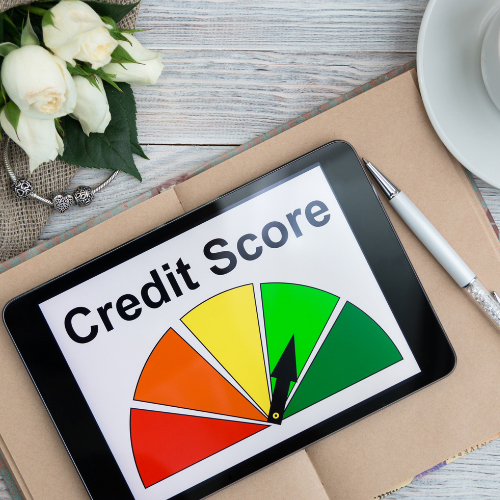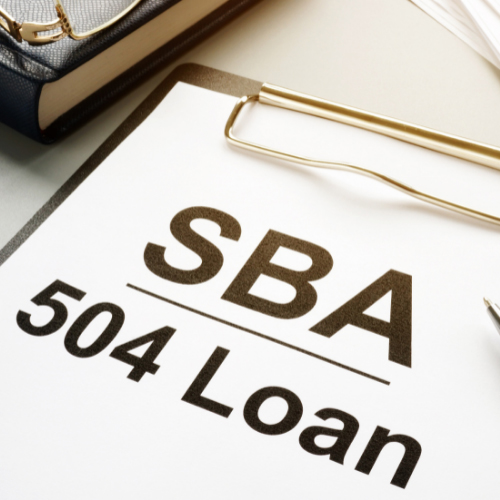Small Business Credit Scores – Credit Reports
It’s fair to say that most individuals have heard of a credit score and what it means when it comes to the ability to obtain credit, receive a loan, or purchase a car or house. Did you know however, that businesses have their own credit scores? In today’s blog, we’ll talk about small business credit scores, how to find your score, and what your credit number means.
What is the difference between personal and business credit scores?
It seems obvious, a business credit score is related to the creditworthiness of a business to borrow money from a lender. Personal credit relates to your personal financial history and your own ability to obtain a personal loan. It’s important to know that while these two are related, they ae still separate scores. Since you are familiar with personal credit scores, let’s discuss business credit scores.
What determines a business credit score?
Credit reporting bureaus like the IRS, Equifax, Experian and Dun and Bradstreet track the financial business you conduct. Your Employer Identification Number (EIN) allows these entities to track payment history, business size, demographics, public records and even your associated personal credit score. These factors are compiled into a formula that gives your credit score. Other factors that determine your small business credit score:
- Payment history
- Amounts owed
- Length of credit history
- New credit
- Credit mix
What is a good business credit score for small business?
Your business credit score is a measure of your historical reliability with your financial obligations and commitments. While there isn’t generally a minimum credit score to obtain a small business loan, there are some scores that help businesses obtain better interest rates and terms.
Here is a breakdown of business credit scores:
700 or above: 750 is considered an excellent credit score. Credit scores of 700 or more will make it possible for most businesses to secure a loan. Excellent scores open up opportunities for not only traditional bank loans, but lines of credit and SBA loans. Lower interest rates and excellent payment terms will also be available.
640 to 700: Considered to be good, but not excellent. Generally, the minimum credit score for SBA and term loans is around 680. If your business is on the lower end of this spectrum, you’ll likely need very strong business credentials to qualify, such as a healthy annual revenue or having been in business for several years.
600 to 640: Considered to be a fair credit score, but scores in this range and below are not usually eligible for SBA loans. Are you out of luck? No. You still have some good business loan options, especially with shorter-term loans or secured loans.
550 to 600: Considered to be a poor credit score and unfortunately, most medium-term or equipment financing lenders will not be willing to lend you money. You may however, be eligible for invoice financing or merchant cash advances.
550 or below: Considered to be a very poor business credit rating and is lower than most lenders’ minimum credit requirements. Some lenders will not take your personal credit into account, even if it is a better score. Merchant cash advances may still be available, but the interest rates will be extremely high.
What is the minimum credit score I need to get an SBA Loan?
The SBA wants to provide opportunities for many different types of businesses to succeed. They generally don’t require a certain credit score. However, you’ll have a better chance at obtaining an SBA loan if you have a business credit score of at least 680 along with excellent credit in other areas of your small business.
How can I improve my small business credit score?
Similar to improving your own personal credit score, you can improve your business credit score. Here are some tips:
- Look up your business credit score: It helps to know your number and obtaining your report is free. You can look up your small business credit score from any of these companies:
- CreditWise from Capital One: Free VantageScore from TransUnion
- Chase Credit Journey: Free VantageScore from TransUnion
- Discover Credit Scorecard: Free FICO Score from Experian https://www.creditscorecard.com/login
- Pay your bills on time
- Decrease debt and increase credit availability
- Establish credit accounts with suppliers
- Dispute errors and inquiries
- If you’ve been sent to collections – make sure the company deletes the reporting once your bill is paid
For additional information on small business credit scores and on how to improve your own business’s credit rating, please contact us at the Small Business Development Center – SBDC – Serving Paris area: Lamar, Hunt, Hopkins, Delta, and Red River counties.



